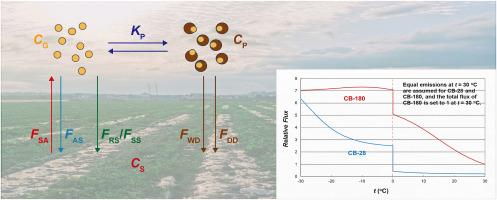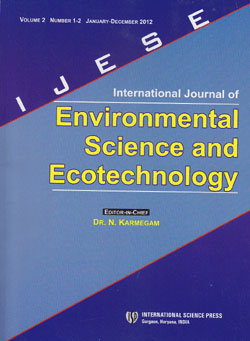Persistent organic pollutants in global surface soils: Distributions and fractionations
Abstract
The distribution and fractionation of persistent organic pollutants (POPs) in different matrices refer to how these pollutants are dispersed and separated within various environmental compartments. This is a significant study area as it helps us understand the transport efficiencies and long-range transport potentials of POPs to enter remote areas, particularly polar regions. This study provides a comprehensive review of the progress in understanding the distribution and fractionation of POPs. We focus on the contributions of four intermedia processes (dry and wet depositions for gaseous and particulate POPs) and determine their transfer between air and soil. These processes are controlled by their partitioning between gaseous and particulate phases in the atmosphere. The distribution patterns and fractionations can be categorized into primary and secondary types. Equations are developed to quantificationally study the primary and secondary distributions and fractionations of POPs. The analysis results suggest that the transfer of low molecular weight (LMW) POPs from air to soil is mainly through gas diffusion and particle deposition, whereas high molecular weight (HMW) POPs are mainly via particle deposition. HMW-POPs tend to be trapped near the source, whereas LMW-POPs are more prone to undergo long-range atmospheric transport. This crucial distinction elucidates the primary reason behind their temperature-independent primary fractionation. However, the secondary distribution and fractionation can only be observed along a temperature gradient, such as latitudinal or altitudinal transects. An animation is produced by a one-dimensional transport model to simulate conceptively the transport of CB-28 and CB-180, revealing the similarities and differences between the primary and secondary distributions and fractionations. We suggest that the decreasing temperature trend along latitudes is not the major reason for POPs to be fractionated into the polar ecosystems, but drives the longer-term accumulation of POPs in cold climates or polar cold trapping.


 求助内容:
求助内容: 应助结果提醒方式:
应助结果提醒方式:


